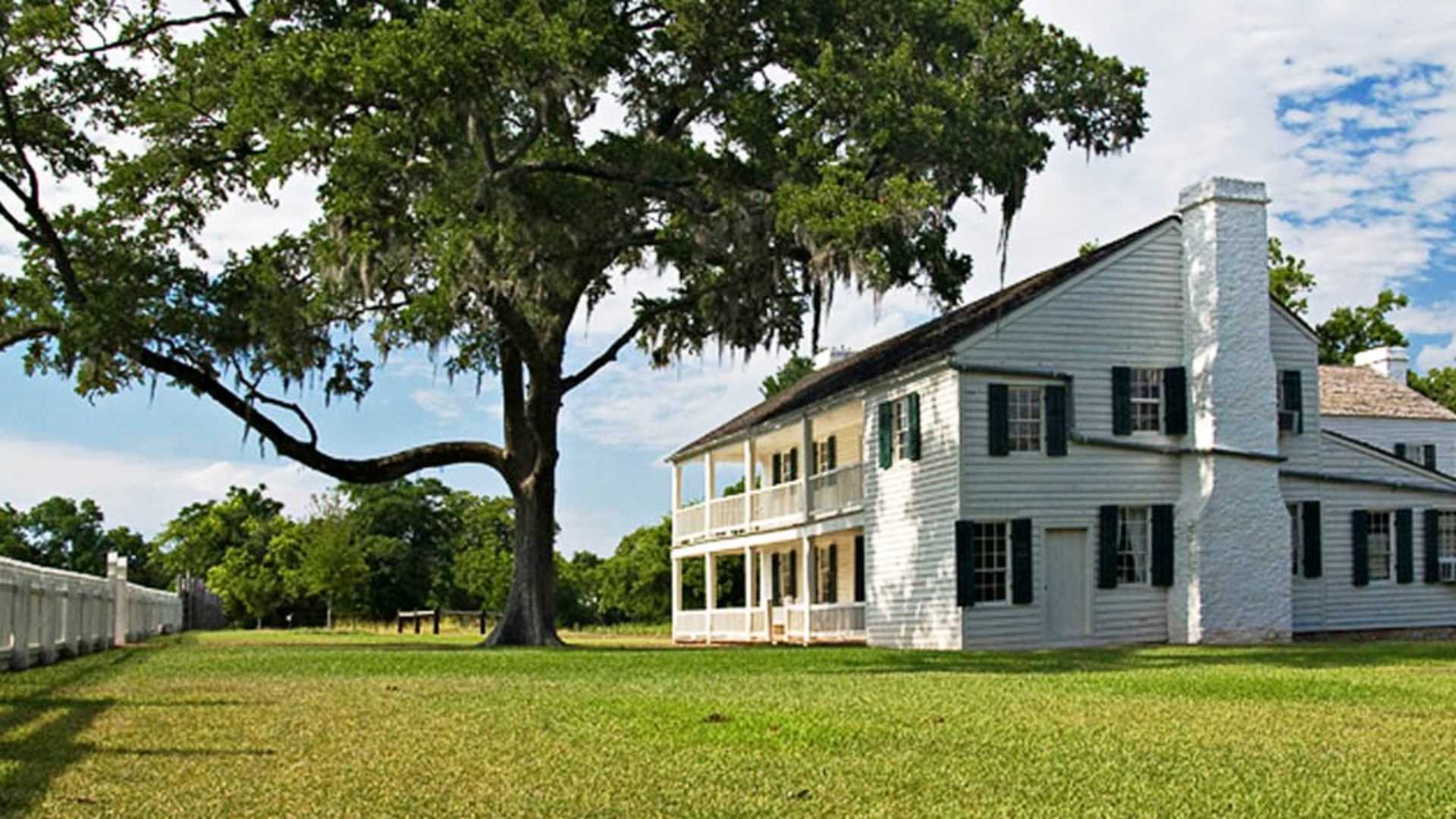Trace The Road to Texas Independence
Visit critical sites in the Lone Star Revolution
Perhaps no other state has a more storied history than Texas. Six different flags have flown over this land dating back to the 1500s when Spain was the first European country to colonize the region. From the autumn of 1835 through spring 1836, the Texas army fought fierce battles against Mexico including the famous battle at the Alamo in San Antonio. Just weeks later, on a marshy field at San Jacinto southeast of what would soon become the city of Houston, Mexican troops led by General Antonio Lopez de Santa Anna were defeated by Texas troops led by General Sam Houston. The victory paved the way for Texas independence and established the future state as an independent republic.
The Texas Independence Trail traces the struggle for Lone Star freedom across Southeast Texas. There are dozens of important sites that make up the trail, but three stand out above the rest as decisive locations in the run up to independence.
Washington on the Brazos - Birthplace of Texas
On March 2, 1836, delegates from the Texas settlements met in a hall in the small town of Washington overlooking the Brazos and Navasota rivers. It was here that the 59 delegates drafted and signed the Texas Declaration of Independence and created a constitution for a new republic.
Today, the 293-acre Washington on the Brazos state historical site includes the Star of the Republic Museum, the Barrington Living History Farm, the Fanthorp Inn State Historical Site (a 19th Century stagecoach inn) and Independence Hall itself. The grounds of the park along the Brazos provide a perfect setting for picnics and sightseeing.
The Alamo - Remember the Alamo
Just as the Texas delegates were meeting to declare their independence from Mexico, troops at the Alamo in San Antonio were battling for their lives against Mexican forces. Santa Anna had arrived in San Antonio on February 23 and began a 13-day siege of the Alamo mission. The small contingent of Texas troops, including the iconic figure Davy Crockett, held out as long as they could. On March 6, the Mexican army overran the mission walls and killed the roughly 100 Texas soldiers who had defended the Alamo.
Today, visitors to the Alamo can experience exhibits on the Texas Revolution and Texas history as a whole as well as stroll through the gardens of the mission.
San Jacinto Monument and Museum - Where Independence was Won
Following defeats at Goliad, the Alamo and other points across the region, Texas' defenders were in disarray and reeling from the assault of the Mexican army. General Sam Houston gathered his troops near the confluence of the San Jacinto River and Buffalo Bayou and General Santa Anna marched his forces east to meet them. On the afternoon of April 21, while the Mexican army was readying for an attack the following day, Houston and his forces launched a surprise attack. The decisive battle lasted only 20 minutes and in the end, Santa Anna was captured, bringing an end to the war.
Today, the obelisk of the San Jacinto Monument and Museum of History towers over the battleground and the Houston Ship Channel. The museum holds one of the largest collections of Texas art and artifacts, honoring both the battle and the larger history of Texas and the Spanish Southwest. Visitors can also take an elevator to the top of the nearly 570-foot monument for a fascinating view of the surrounding landscape.
For more sites along the independence trail and to learn more about these, visit TexasIndependenceTrail.com.
By AJ Mistretta
















